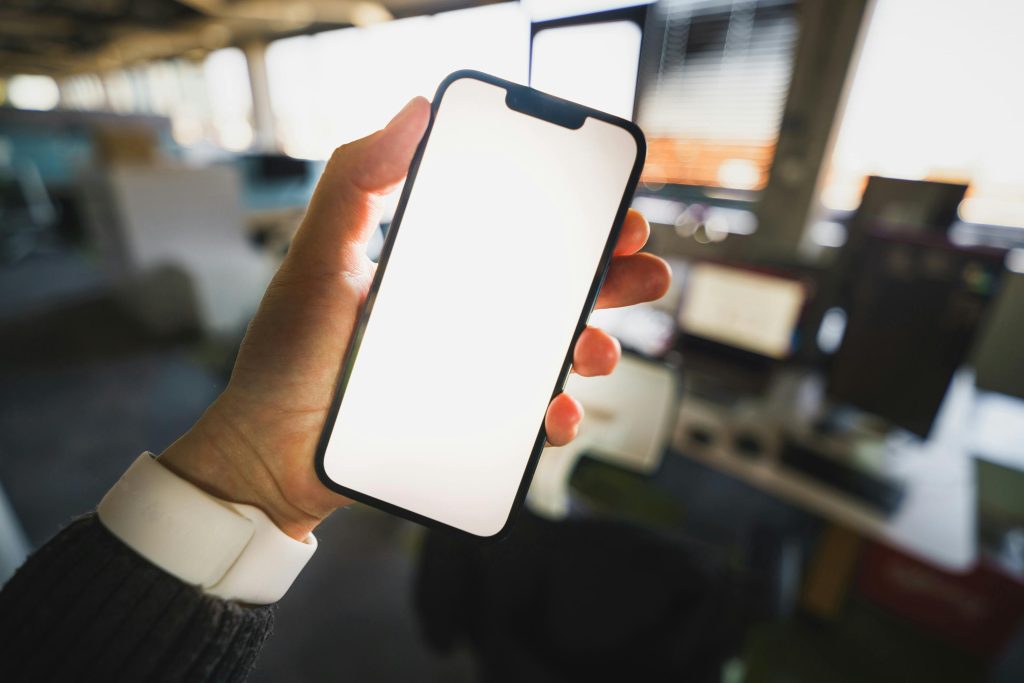Guidance on Converting from MBR to GPT to Enable Secure Boot on Your Disk
Introduction
Switching from Master Boot Record (MBR) to GUID Partition Table (GPT) is an essential step for enabling secure boot on modern systems. This process allows your operating system to utilize advanced firmware features and enhances overall security. If you’re starting with a system disk formatted with MBR and want to convert it to GPT without losing data, this guide is designed to help you navigate common challenges and successfully perform the conversion.
Understanding Your Current Drive Configuration
Before proceeding, it’s important to comprehend your disk’s current partition layout:
- Disk Model: Samsung 970 Pro 1TB SSD
- Partition Breakdown:
- 196.11 MB unallocated space at the start
- Approximately 930.74 GB assigned to the main local disk
- 502.03 MB marked as a healthy recovery partition
- 94.62 MB unallocated space at the end (potentially for the Microsoft Reserved Partition, MSR)
Your goal is to convert this disk to GPT, specifically for Disk 3, to enable features such as Secure Boot.
Initial Conversion Attempts and Challenges
You attempted to validate the conversion using the MBR2GPT utility with the command:
bash
mbr2gpt /validate /disk:3 /allowFullOS
However, the validation failed, citing issues with the disk layout. Common reasons for such failures include incompatible partition configurations, overlapping partitions, or insufficient free space.
Sample Error:
plaintext
MBR2GPT: Validation failed for disk 3
This indicates that the current partition scheme doesn’t meet the criteria for a straightforward conversion.
Recommended Solutions
- Backup Your Data
While you mentioned having already backed up your data, it’s crucial to emphasize this step. Converting from MBR to GPT, especially when issues arise, can be risky. Ensure your backups are complete and stored securely.
-
Use Disk Management or Diskpart for Preparation
-
Analyze the Partition Layout:
Open Disk Management (diskmgmt.msc) to review the current partition structure. Ensure there are no overlapping or unusual partitions.
- Delete Unnecessary Partitions:
If there are recovery or other non-essential partitions, consider deleting them temporarily to streamline the disk layout. Be cautious: only delete partitions you recognize and have backups for.
- Convert Using Diskpart
You can utilize Diskpart to clean and convert
Share this content:



